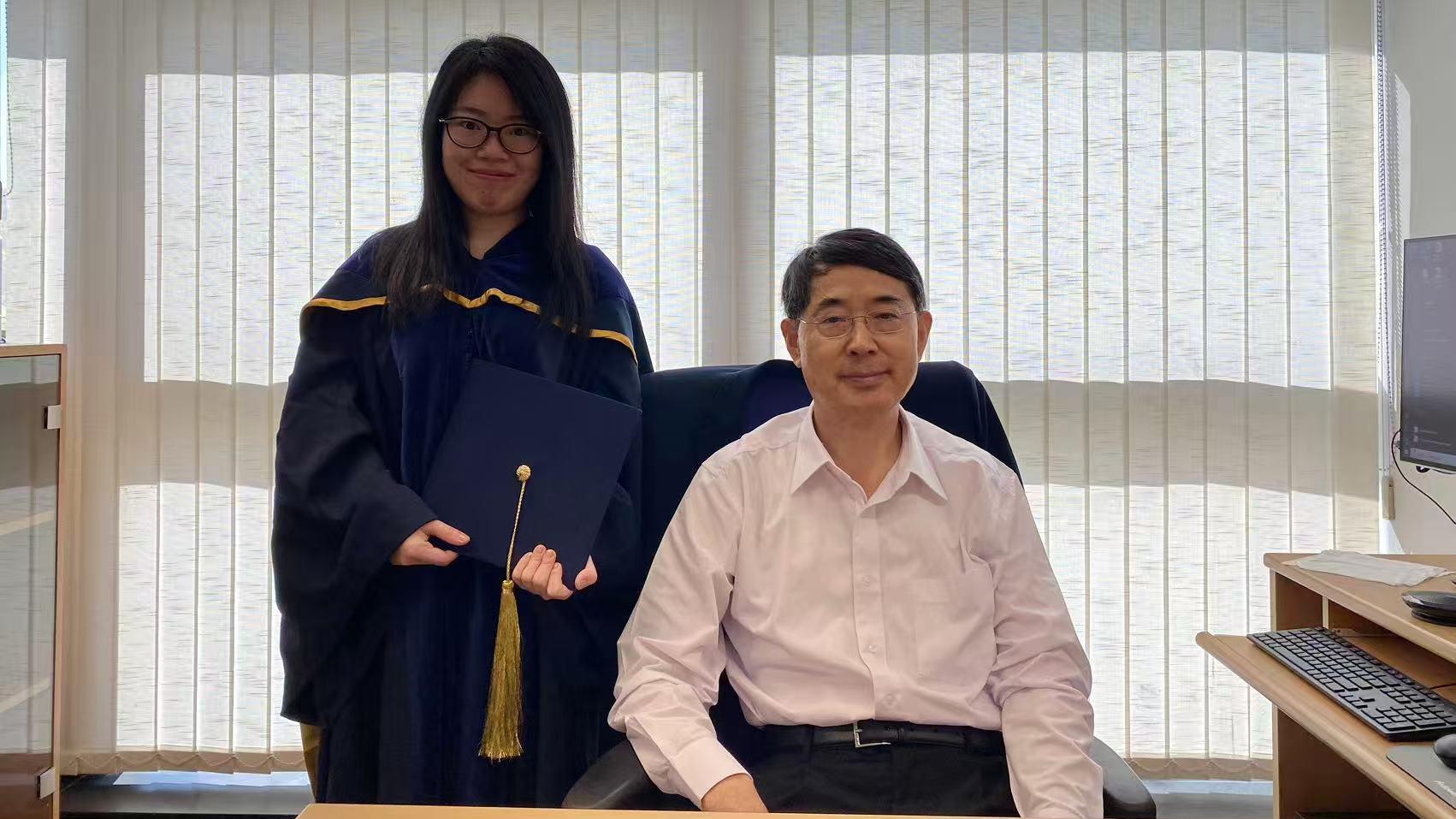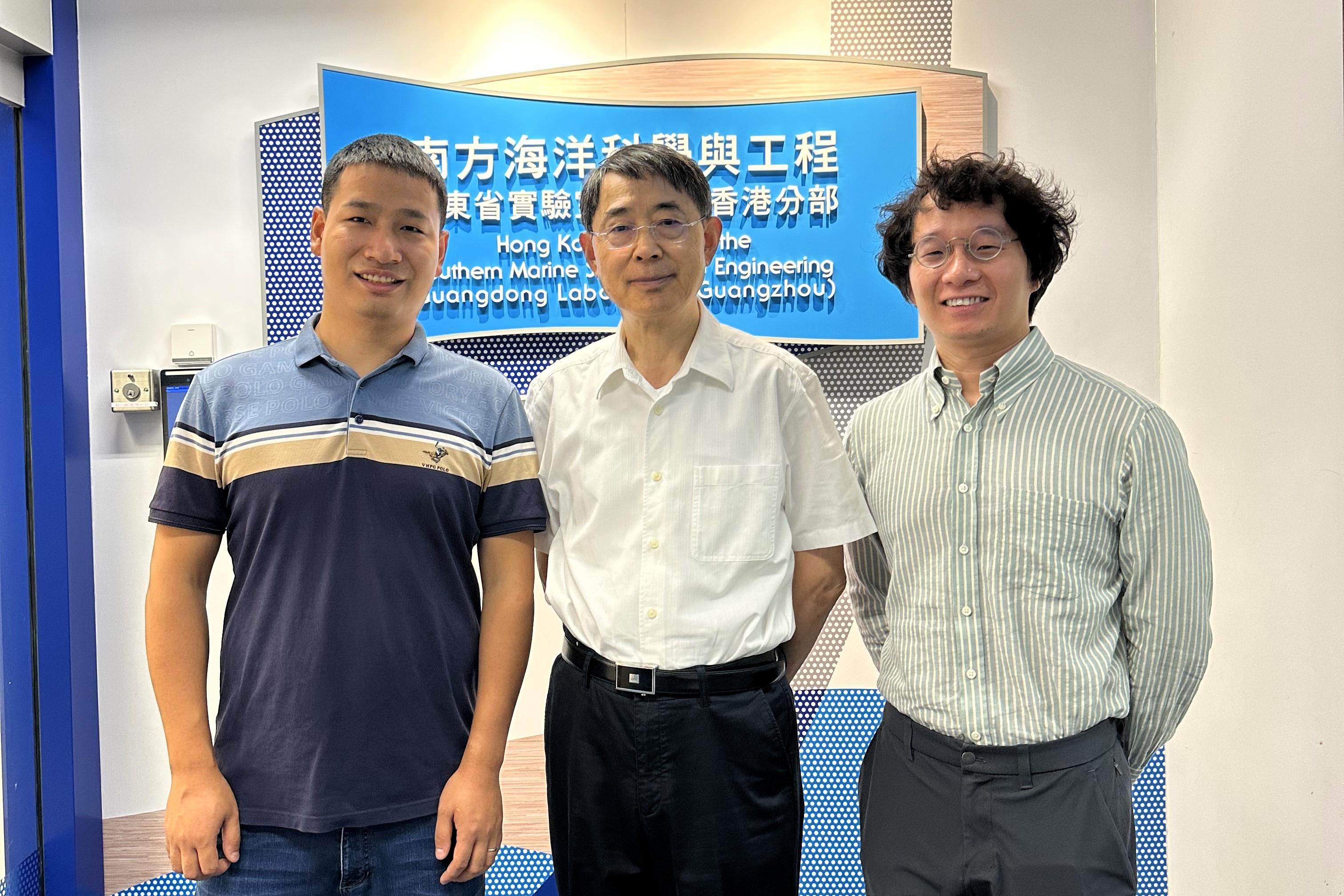(This article was originally published on EurekAlert! on March 2, 2022)
Researchers at the Hong Kong University of Science and Technology (HKUST) and the University of Chicago (UChicago) have shown for the first time how to design the basic elements needed for logic operations using a kind of soft material called liquid crystal, paving the way for a completely novel way of performing computations with potential applications in robotics.
“We showed that you can create the elementary building blocks of a circuit—gates, amplifiers, and conductors—with liquid crystals, which means you should be able to assemble them into arrangements capable of performing more complex operations,” said Juan DE PABLO, the Liew Family Professor in Molecular Engineering at Pritzker School for Molecular Engineering, UChicago, senior scientist at Argonne National Laboratory, and the senior corresponding author on the paper. “It’s not often that you are able to see a new way to do computing and it’s a really exciting step for the field of active materials.”
The research aimed to take a closer look at the molecular order in liquid crystals, a soft material that is commonly used in making LCD TVs and laptop screens. The molecules in a liquid crystal tend to be elongated, and when packed together they adopt an orderly structure that can also shift around as a liquid does.
One consequence of this odd molecular order is that there are spots in all liquid crystals where the ordered regions bump up against each other and their orientations don’t quite match, creating what scientists call “topological defects.”
Scientists are intrigued by these defects, wondering if they could be used to carry information – similar to the functions that electrons serve in the circuits of our laptop or phone. But it’s proved very difficult to control their behavior. “Normally, if you look through a microscope at an experiment with an active liquid crystal, you would see complete chaos—defects shifting around all over the place,” said Prof. de Pablo.
But last year, an effort from Prof. de Pablo’s lab headed by Prof. ZHANG Rui, an assistant professor at Department of Physics, HKUST, then a postdoctoral scholar at the Pritzker School of Molecular Engineering, in collaboration with Prof. Margaret GARDEL’s lab from UChicago and Prof. Zev BRYANT’s lab from Stanford, figured out a set of techniques to control these topological defects.
They showed that if they controlled where they put energy into the liquid crystal by shining a light only on specific areas, they could guide the defects to move in specific directions. In a subsequent new paper, they took it a logical step further and determined that it should be theoretically possible to use these techniques to make a liquid crystal perform operations like a computer.
The results were published in Science Advances on February 23, 2022.
“These topological defects have many of the characteristics of electrons in a circuit—we can move them long distances, amplify them, and shut or open their transport as in a transistor gate, which means we could use them for relatively sophisticated operations,” added Prof. Zhang.
While the results are not likely to become transistors or computers right away, the technique could point the way towards devices with new functions in sensing, computing, and robotics, especially in the field of soft robotics. Using active liquid crystals, the team said it might be possible to create soft robots that can do some of their own “thinking”.
They can also imagine using topological defects to ferry small amounts of liquid or other materials from place to place inside tiny devices. “For example, perhaps one could perform functions inside a synthetic cell,” said Prof. Zhang. It’s possible that nature already uses similar mechanisms to transmit information or perform behaviors inside cells, he said.
The research team, which also includes co-author and UChicago postdoctoral researcher Ali MOZAFFARI, is working with collaborators to carry out experiments to confirm the theoretical findings.
This work used resources of the University of Chicago Materials Research Science and Engineering Center.

